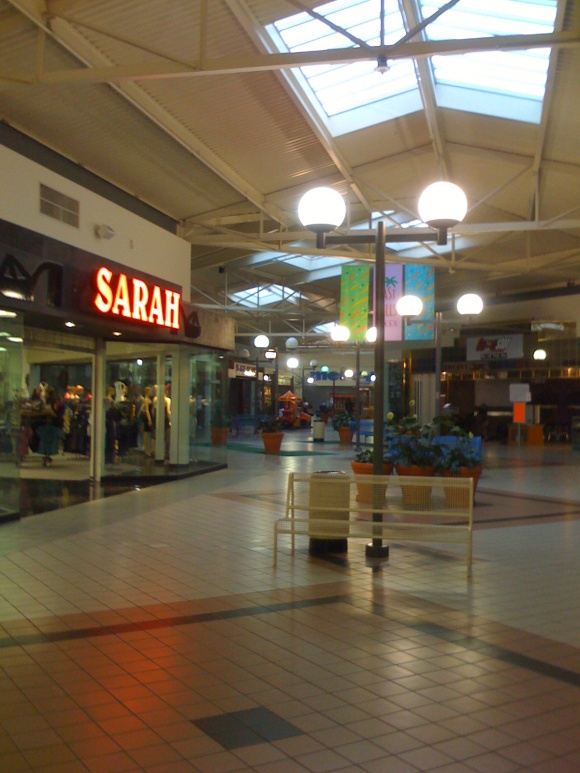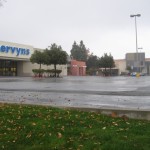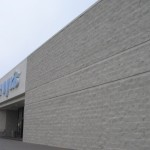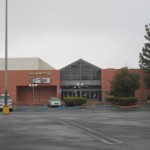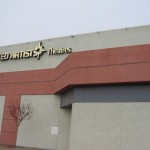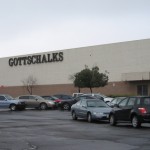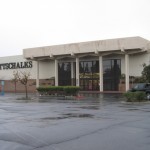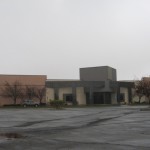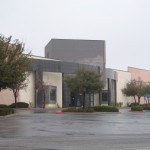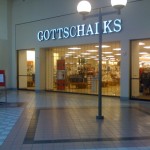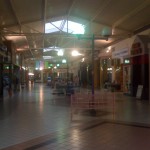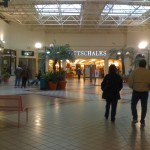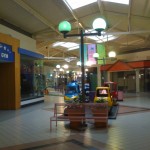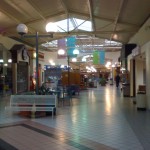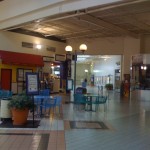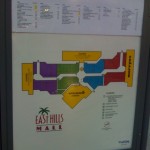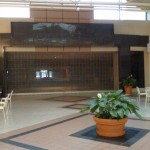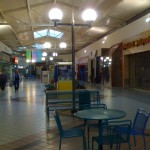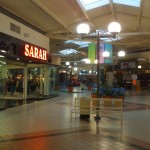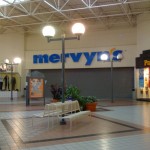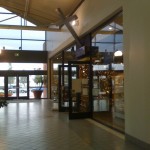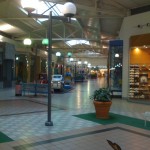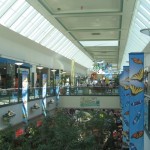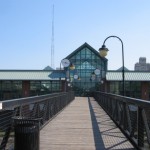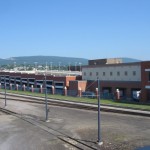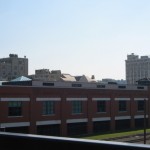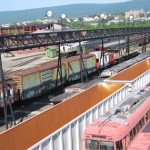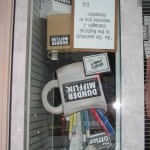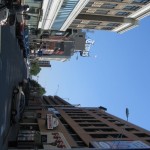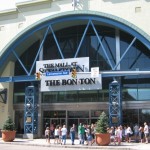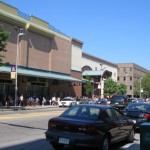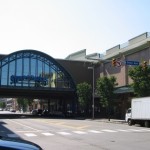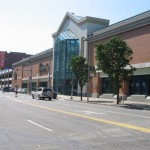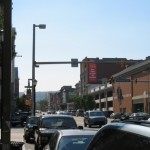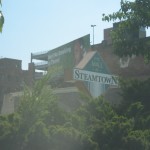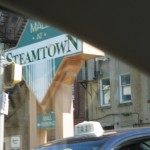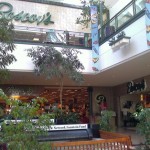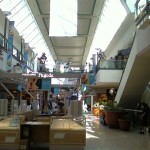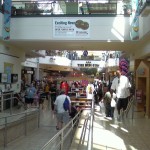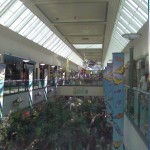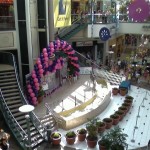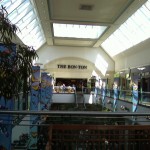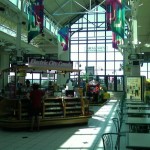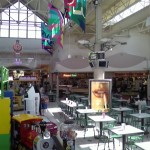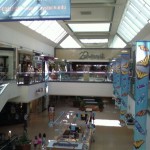Hayward, California is a large blue collar suburb of 151,000 people in the central East Bay region of California, located about 15 miles south of downtown Oakland. Like much of the Bay Area (and the East Bay in particular), it’s a culturally/racially and economically diverse city, with recent immigrants and long-time residents alike. Historically an industrial suburb–fruit canning factories dominated the job base for much of the 20th century–Hayward today still has one of the larger industrial job bases in the Bay Area. On a retail-related front, Hayward was also the home base of Mervyn’s department stores until their bankruptcy and closure in 2008.
Hayward is in many ways typical of a post-war suburb, with a large stock of housing built in the 50s-70s, and it exists more or less as the southern terminus of Oakland’s street grid. As a result, it’s little surprise that the Taubman Companies constructed the Southland Mall in the middle of Hayward’s development boom, in 1964. Southland was one of several malls being developed at the time in the rapidly developing region, part of Alfred Taubman’s plan to move business from his native Michigan to growing sun belt cities. Interestingly, Taubman’s own autobiography claims that Southland was the first mall in America to include a food court, a claim I haven’t been able to corroborate anyplace else (and an odd revelation, since Taubman malls rarely ever included food courts, and the architecture of Southland Mall is quite atypical of Taubman malls of this period).
Southland actually began its life in 1961 as a somewhat more modest outdoor shopping center named Palma Ceia, featuring a Lucky’s Supermarket, Thrifty Drug Store, and Sears as anchor stores on the sprawling lot off Hesperian Boulevard. Three years later, the first large enclosed portion of the mall was added, with Woolworth and JCPenney added as anchor stores. The original enclosed incarnation of the mall included the aforementioned “World’s Faire” food court in the space currently occupied by Ross Dress For Less, and the mall also sported a large aviary (popular at the time), indoor water features, and a large arcade and bumper car attraction called La Mans Speedway, located in the mall’s basement. Another large expansion was added in 1972, adding a Liberty House department store at the end of a whole new wing that also included an ice rink. This expansion may have also involved moving the food court to the basement space underneath JCPenney, where it resides today, but I may be wrong about this.
Over the years, the mall saw many changes, though most of these didn’t change the basic structure of the center. In 1983, Liberty House shuttered, and was replaced by an Emporium-Capwell. A large flagship Mervyn’s store opened in the mall in 1995, and Old Navy replaced Woolworth’s the same year. The ice skating rink was at some point replaced by a Good Guys electronics store, which itself was later replaced by Steve & Barry’s. Lucky’s, Steve & Barry’s, Mervyn’s, and Old Navy all closed in the late 2000s, but the Mervyn’s space was quickly replaced by a large new Kohl’s store.
In the meantime, development shifts caused more development to move further into the suburbs, causing other malls to supplant the dominance of Southland. Ironically, it was the Taubman-developed Stoneridge Shopping Center–over the hills seven miles away in affluent Pleasanton–that probably was the biggest factor in kicking Southland down to “B” mall status. (also, it was Southland that probably played some role in dinging the nearby Bayfair and Eastmont Malls down a notch–the ecosystem goes on…) Today, the mall is still mostly leased and seems to do relatively well, but it has a fairly anemic tenant mix. The aging 100-store, mostly single-level mall is owned by General Growth Properties, and sports Sears, JCPenney, Macy’s, and Kohl’s as primary anchors, and also contains Ross Dress For Less, Planet Fitness, and even Sears Outlet (on an outlot pad adjacent to the main store) as secondary anchors. The old gal is showing her age–as you can tell from these photos–but it still retains some of that “old mall charm” (high ceilings, wide open corridors, the cavernous center court and basement food court) that has been renovated out of so many malls of this era. General Growth had been planning a full update and refresh of the mall prior to their recent economic troubles; it’s a relatively safe bet that a renovation will come for the still-relatively-successful Southland (and Newark’s nearby Newpark Mall) in the next few years.
More on Southland over at BigMallRat.

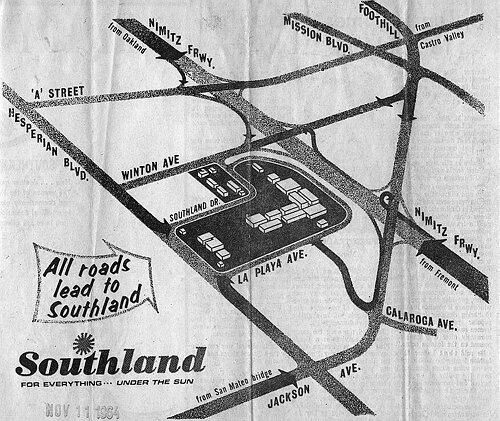
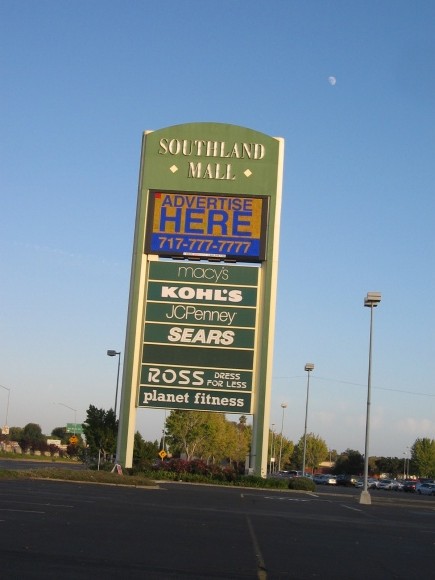
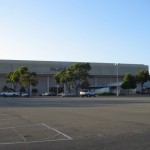
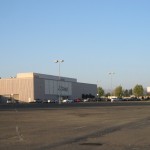
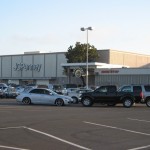
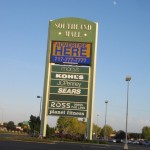
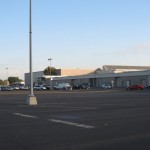
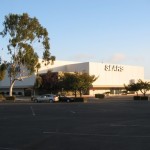
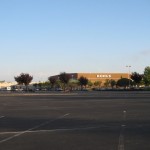
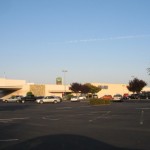
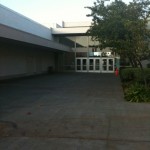
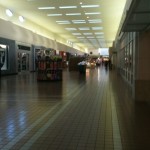
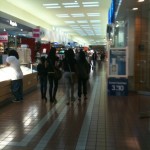
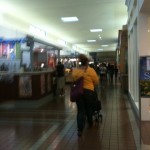
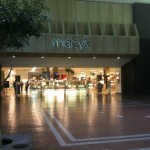
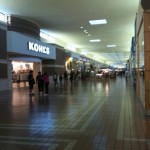
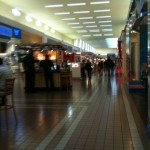
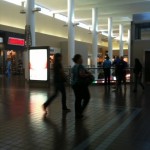
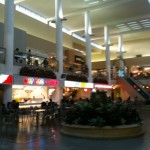
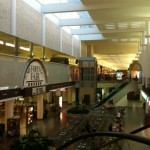
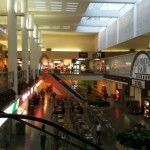
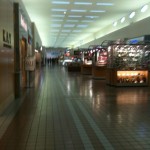
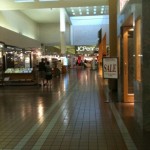
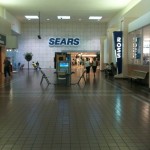
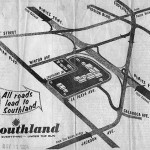
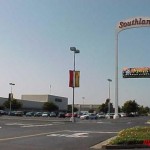

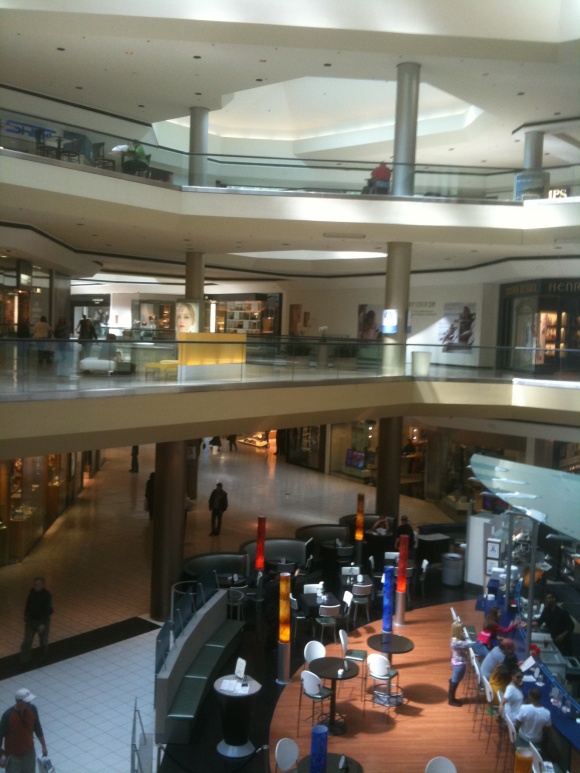

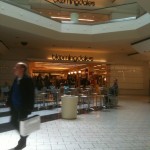
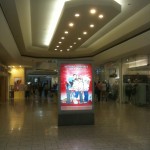
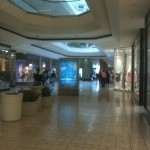
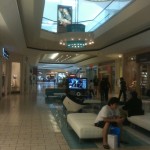
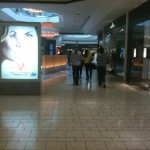
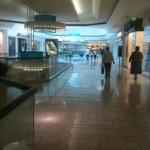
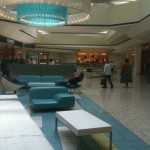
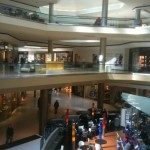

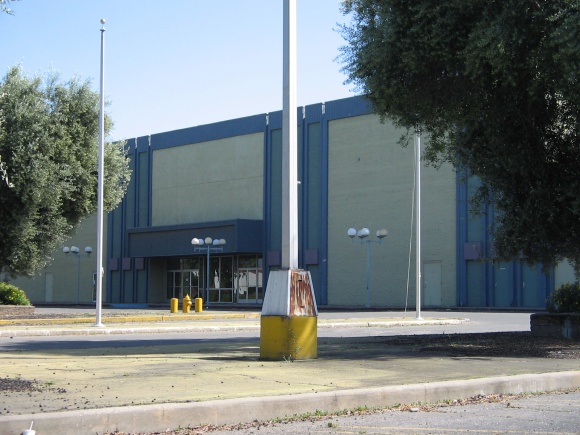
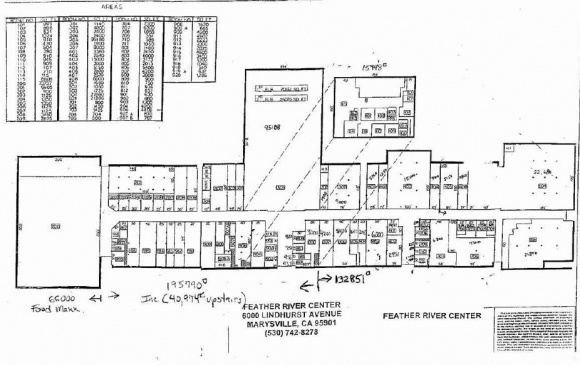
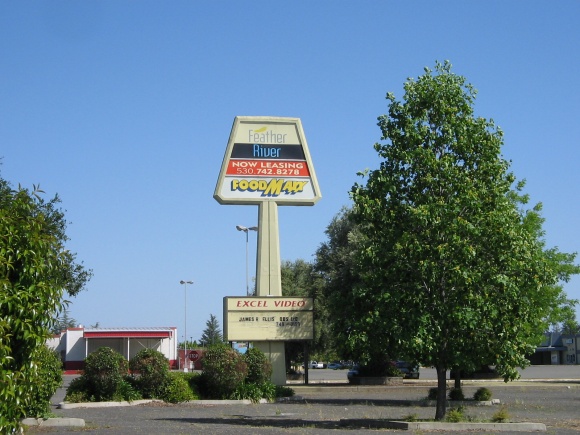
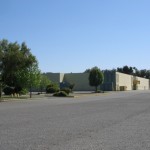
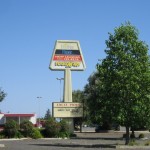
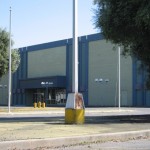
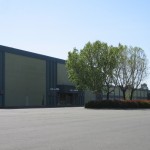
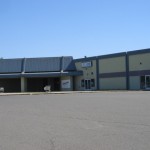
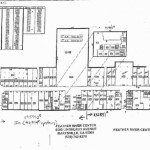
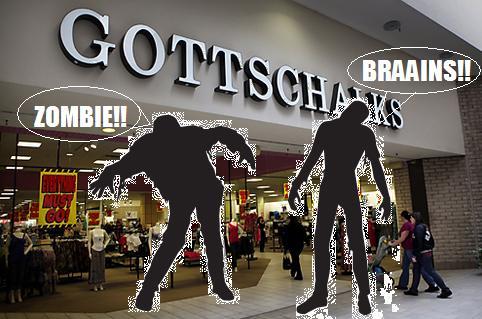
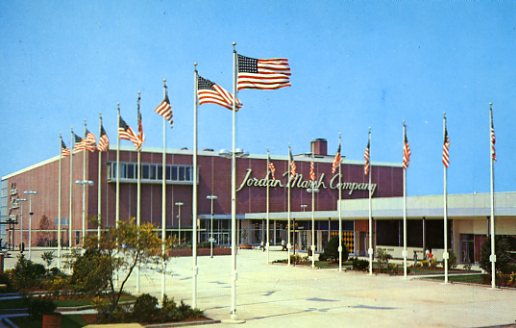

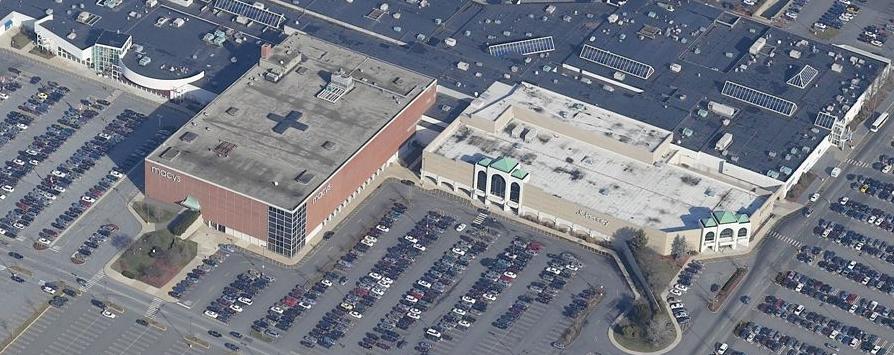

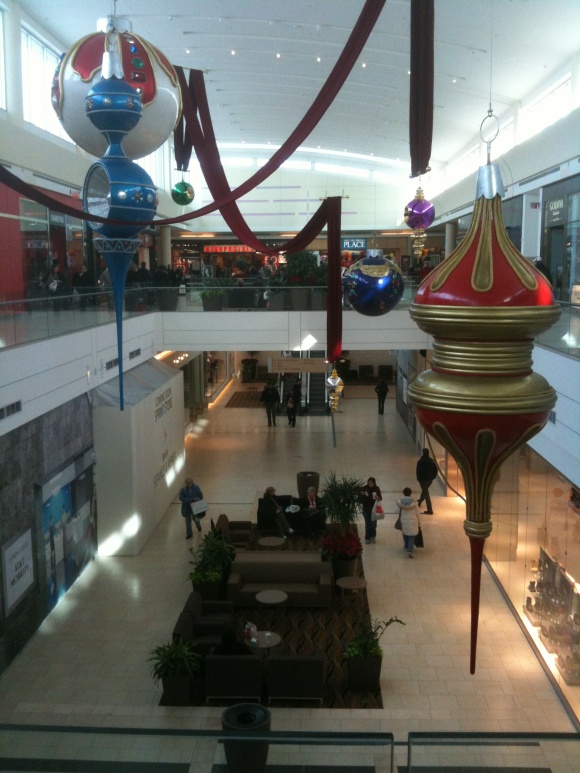
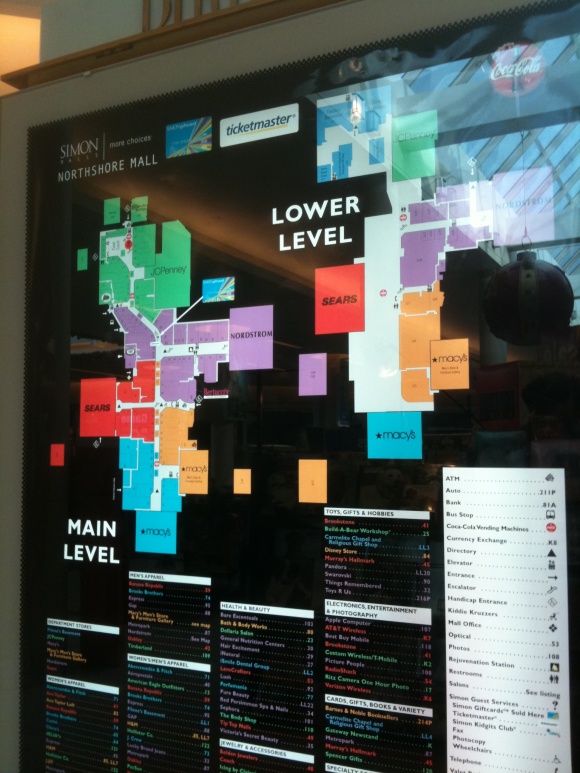










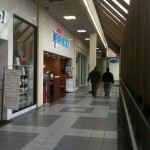
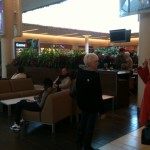
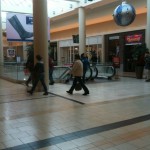
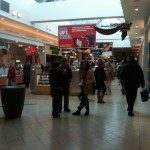
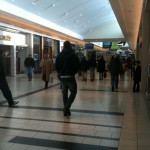
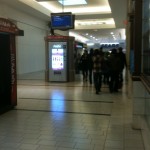
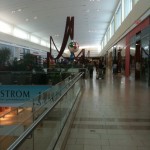
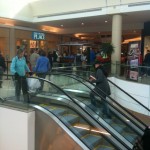
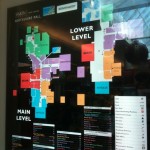
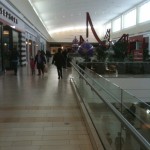
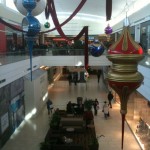
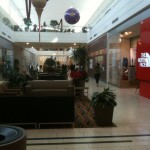
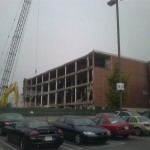
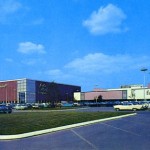
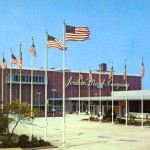
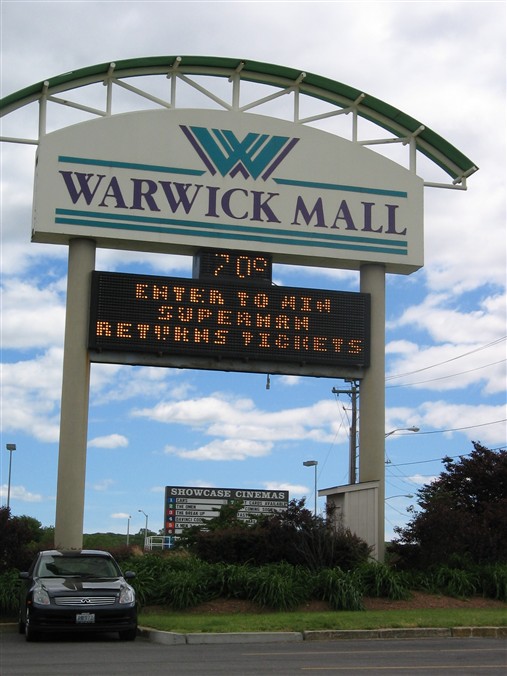

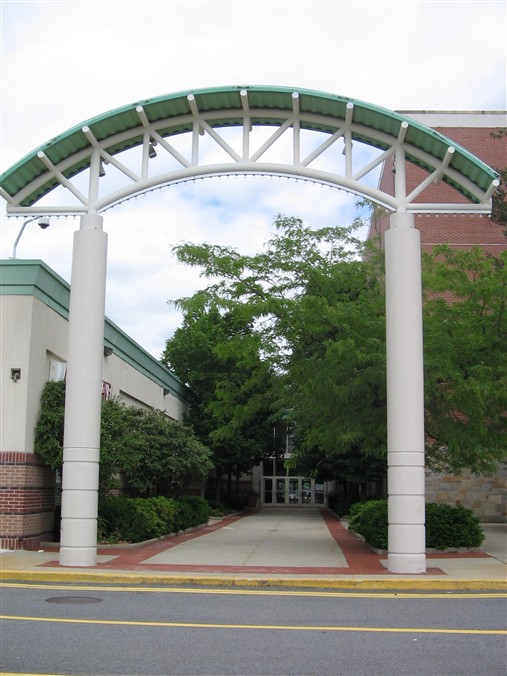
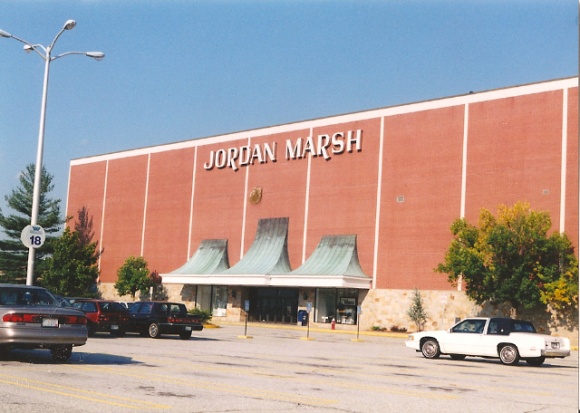
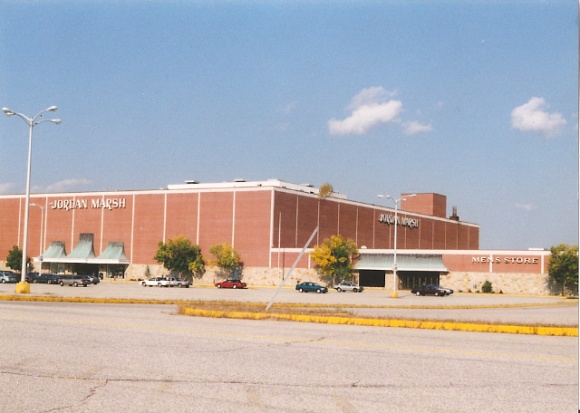
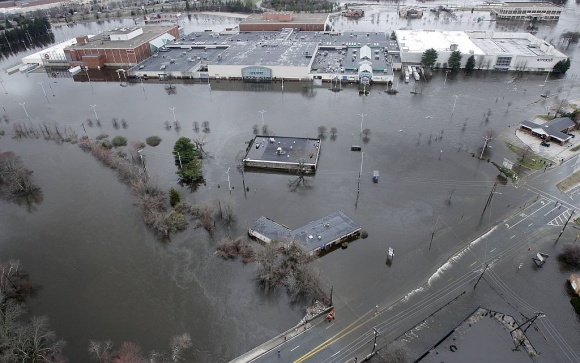




























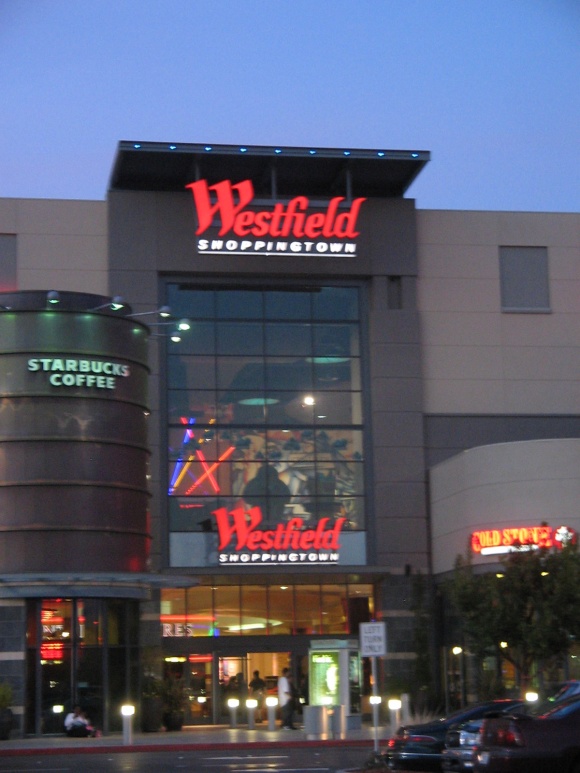
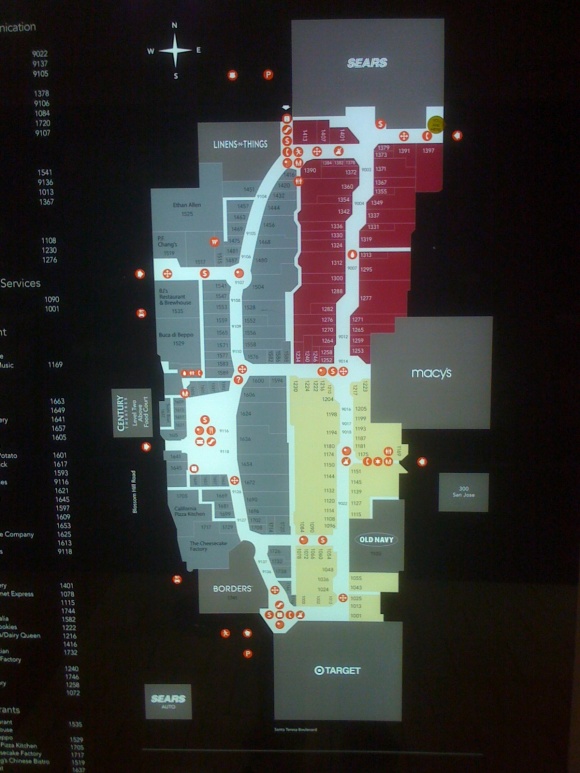
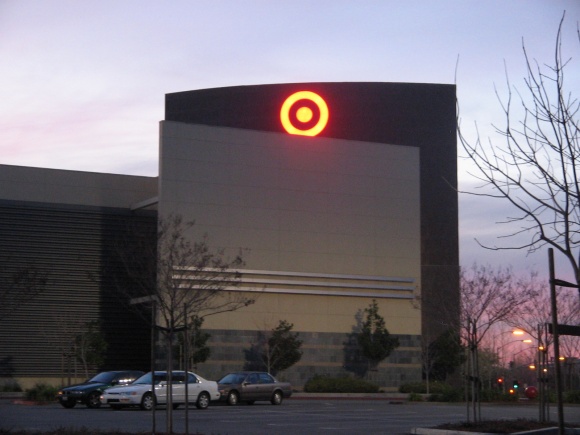
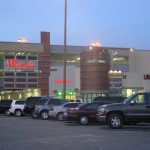
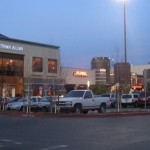
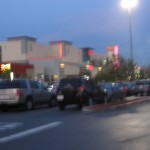
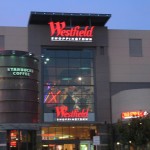
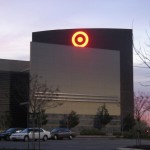
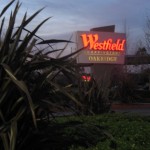
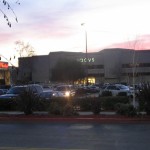
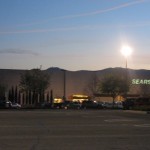
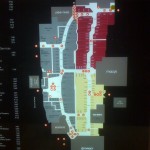
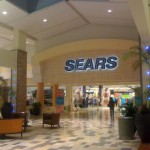
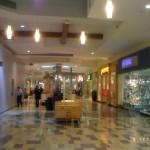
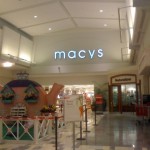
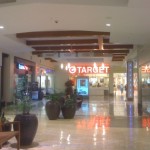
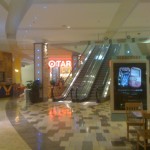
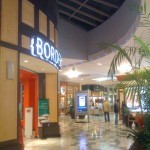
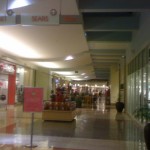
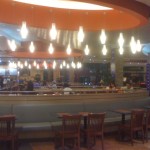
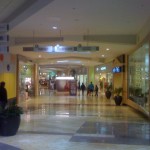
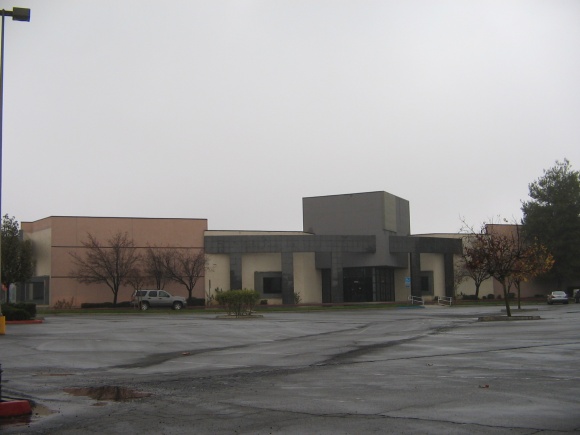 The East Hills Mall in Bakersfield, California is the smaller of the two malls serving this central valley city, and is one of California’s most troubled malls. All of the anchor stores–Harris, Gottschalks, and Mervyn’s–in the 415,000 square foot center have shut, and it serves an area of Bakersfield that is impacted heavily by both crime and the housing crisis of the late 2000s.
The East Hills Mall in Bakersfield, California is the smaller of the two malls serving this central valley city, and is one of California’s most troubled malls. All of the anchor stores–Harris, Gottschalks, and Mervyn’s–in the 415,000 square foot center have shut, and it serves an area of Bakersfield that is impacted heavily by both crime and the housing crisis of the late 2000s.